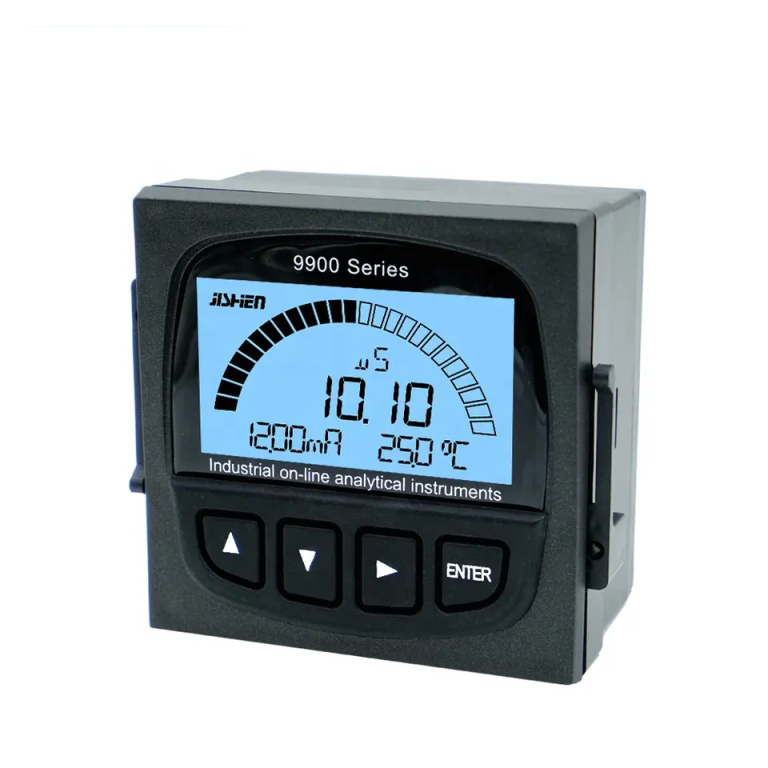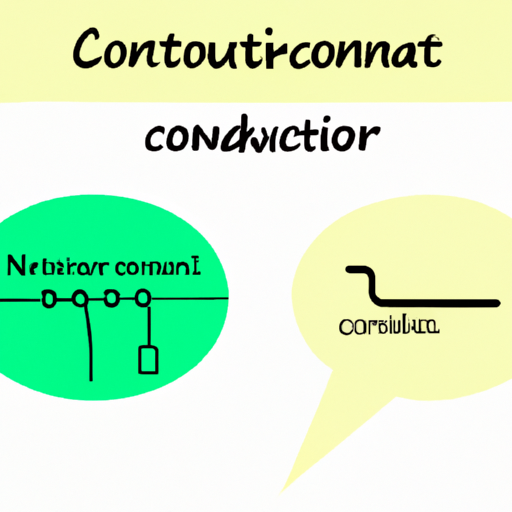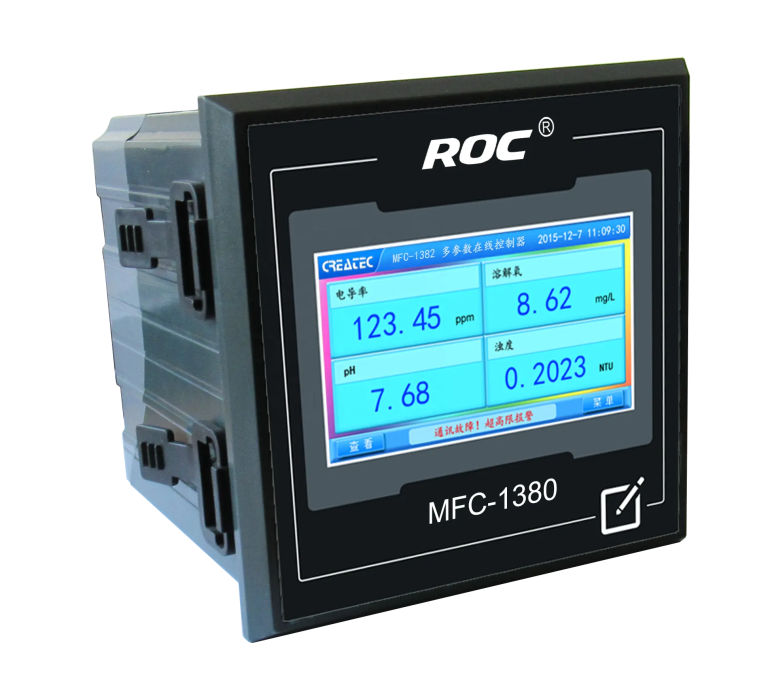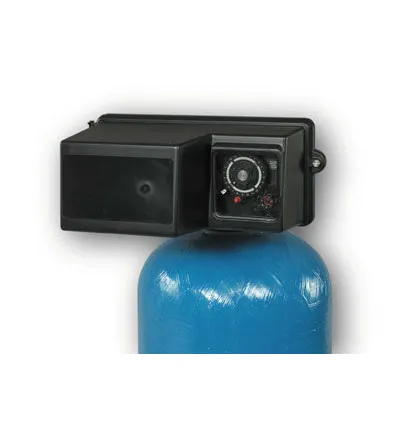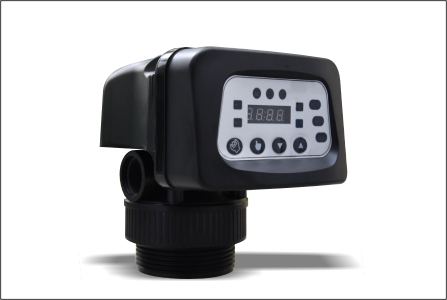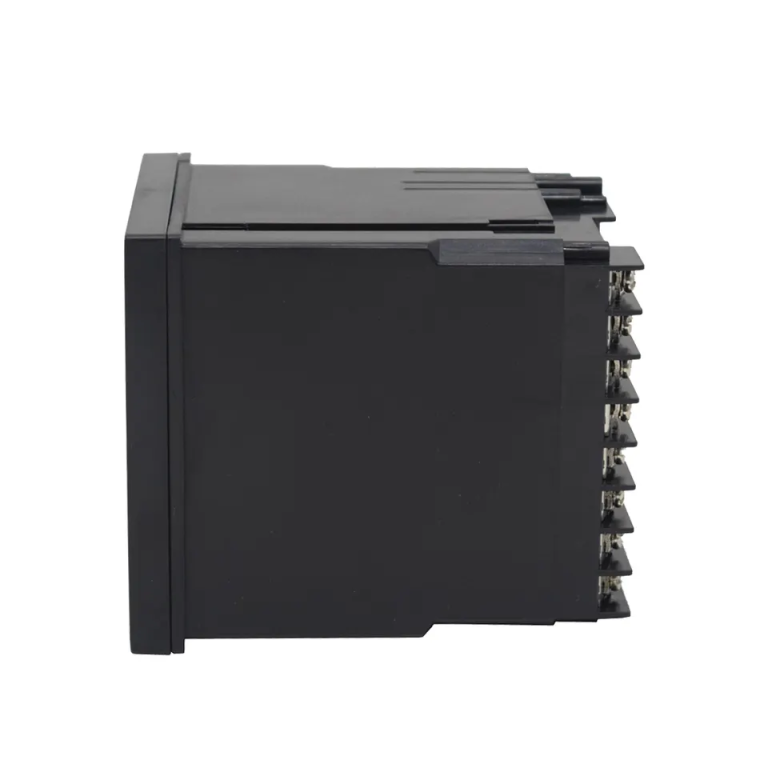How Magnetic Flow Meters Work: Exploring the Science Behind This Innovative Technology
Magnetic flow meters are an innovative technology that has revolutionized the way we measure the flow of liquids. This technology works by using a magnetic field to measure the velocity of a liquid as it passes through a pipe. The magnetic field is generated by an electromagnet, which is placed inside the pipe. As the liquid passes through the pipe, it interacts with the magnetic field, causing a voltage to be generated. This voltage is then measured and used to calculate the flow rate of the liquid.
The science behind this technology is quite fascinating. When a magnetic field is applied to a liquid, it causes the molecules of the liquid to align in the direction of the field. This alignment creates a drag force, which is proportional to the velocity of the liquid. By measuring the voltage generated by the interaction between the magnetic field and the liquid, the flow rate of the liquid can be accurately determined.
The accuracy of magnetic flow meters is quite impressive. They are able to measure flow rates with an accuracy of up to 0.1%. This makes them ideal for applications where precise measurements are required, such as in industrial processes.
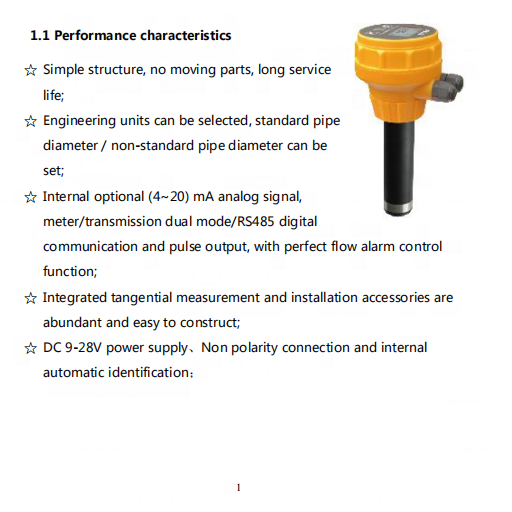
The technology behind magnetic flow meters is truly remarkable. It has enabled us to measure the flow of liquids with unprecedented accuracy and precision. This technology has revolutionized the way we measure the flow of liquids, and it is sure to continue to be an important part of our lives for many years to come.
| Measuring Method | N,N-Diethyl-1,4-phenylenediamine (DPD) spectrophotometry | |||
| Model | CLA-7122 | CLA-7222 | CLA-7123 | CLA-7223 |
| Inlet water channel | Single channel | Dual channel | Single channel | Dual channel |
| Measurement range | Total Chlorine : (0.0 ~ 2.0)mg/L ,calculated as Cl2 ; | Total Chlorine : (0.5 ~10.0)mg/L ,calculated as Cl2 ; | ||
| pH:(0-14);temperature:(0-100)℃ | ||||
| Accuracy | Free chlorine: ±10% or 0.05mg/L (whichever is greater), calculated as Cl2; Total chlorine: ±10% or 0.05mg/L (whichever is greater), calculated as Cl2 | Free chlorine: ±10% or 0.25mg/L (whichever is greater), calculated as Cl2; Total chlorine: ±10% or 0.25mg/L (whichever is greater), calculated as Cl2 | ||
| pH:±0.1pH;Temp.:±0.5℃ | ||||
| Measurement cycle | Free Chlorine≤2.5min | |||
| Sampling interval | The interval (1~999) min can be set to any value | |||
| Maintenance cycle | Recommended once a month (see maintenance chapter) | |||
| Environmental | Ventilated and dry room without strong vibration; Suggested room temperature: (15 ~ 28)℃; relative humidity: ≤85% (no condensation). | |||
| requirements | ||||
| Sample water flow | (200-400) mL/min | |||
| inlet water pressure | (0.1-0.3) bar | |||
| Inlet water temperature range | (0-40)℃ | |||
| Power supply | AC (100-240)V; 50/60Hz | |||
| Consumption | 120W | |||
| Power connection | 3-core power cord with plug is connected to the mains socket with ground wire | |||
| Data output | RS232/RS485/(4~20)mA | |||
| Dimension size | H*W*D:(800*400*200)mm | |||

